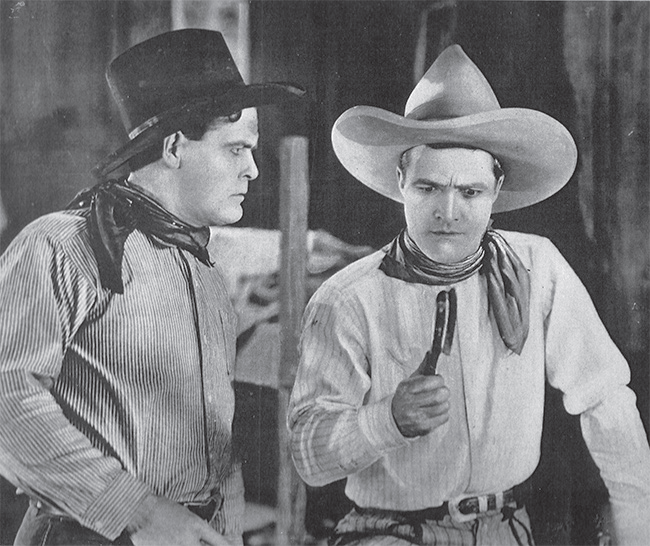Know Before You Go! Rule of “Umb”
- Katie Wallace

- Feb 17, 2022
- 4 min read
There are a lot of stories I could tell about the night of March 12, 2012.

How the Sierra winter had been mild for months. How we had started our “ski” day walking in boots on pavement. How we had gotten a purposefully late start because it was a work day and we didn’t get to the trailhead until 5 p.m. How the park ranger who gave us our permit, a friend and neighbor of ours, had warned us of “the storm of the decade” about to come in that night, and made us promise to bring a single tent as an emergency back-up even though our destination was a backcountry cabin. How we ended up sleeping nine of us in that four-person tent that night after we became somewhat lost in a blizzard. How we ate shamrock cookies and whiskey for dinner in the musty, cramped tent because no one was about to go back outside and fire up a stove.

But I digress.
The stories I want to tell are of the “umbles” – signs of hypothermia. Let’s pick apart the word: “hypo” meaning “below” or “under” and “thermia” meaning “heat.” Though the weather inched into the 60s this week in Kanab, I wouldn’t count this winter out just yet. There may still be opportunities for our bodies to drop below their normal heat threshold.
On that epic backcountry ski trip, we saw many of the signs of early hypothermia: grUMBLES about how much farther we had to go as our mental faculties declined, stUMBLES and fUMBLES as
people lost control over movement and coordination, and mUMBLES as speech became slowed,
slurred, sleepy or confused.
Somewhere inside of the black snowglobe world we had entered, we decided we would have to pitch our emergency tent because we would not be arriving at the cabin that night. We were a flurry of activity of tent parts and backpacks and shovels. In the midst of it all, without realizing it, I had been still for several minutes, staring into the distance. A voice sounded very far away. “Katie?
Katie?” My friend walked in and popped a bubbleBefore You Go! Rule of “Umb” of disassociated nothingness. “Here, eat this.” She unwrapped a fun-size Snickers bar and thrust it into my mitten. I shook out the cobwebs of my brain and chowed it down quickly and came alive again, throwing myself into tying guylines, securing gear, and the arduous process of getting each of us into the tent while meticulously removing layers so as to not bring the whole storm inside with us as we dogpiled on top of one another in the tiny space.
If you, someone in your party, or a random stranger in the wild is exhibiting “Umbles”, apathy, poor
judgment or shivering (mild to moderate hypothermia), move with haste to warm them up:
Feed them, ideally warm, sugary liquids, but solid food works, too. This gives the body energy to be able to heat itself. Caffeine and alcohol should be avoided, as they will increase dehydration and reduce the body’s ability to shiver. It is hard to say whether I was low on blood sugar or hypothermic in the above example, but the chances are good it was both. Mild hypothermia can be fueled by low metabolism.
Involve your patient early in their own care. Modern first aid shows that psychological well being is important to good outcomes. Educate them on your plan and actions, and give them agency and tasks, as appropriate.
Get them somewhere warm as quickly as possible – out of the wind, into a sleeping bag, into a tent, onto a surface that separates them from the cold ground.
Remove any wet clothing that will draw heat away from their bodies. Dampness can be subtle. Think about sweaty inner layers such as sports bras or garments.
Bring warmth to them. Make a hot water bottle and insulate it with a sock or t-shirt. Consider a cuddle puddle - body heat from others can make a big difference. If your patient is unconscious, with a slowed or nonexistent pulse and cold or blue skin (severe hypothermia):
handle your patient gently
keep them horizontal
apply the above five principles
rapidly evacuate them from the field
closely monitor them.
If you are trained, you can consider rescue breathing for a patient with a faint pulse who is not breathing. Be very cautious about starting chest compressions unless absolutely sure there is no pulse because rough handling may induce cardiac arrest. However, if a patient is without a pulse, begin CPR. This is a rare case where CPR may be extended beyond 30 minutes.

There were certainly a lot of lessons learned from that fateful night in March 2012, but I’m proud that we also did a lot right. Though we didn’t do a good job of choosing when we went out, most of us did a good job of wearing lots of layers, including water-resistant and insulative clothing, and making sure essential gear like sleeping bags and sweaters were inside two waterproof bags. Our evening, uncomfortable as it was, could have been much, much worse, had we not taken precautions to prepare our gear and our skills.



